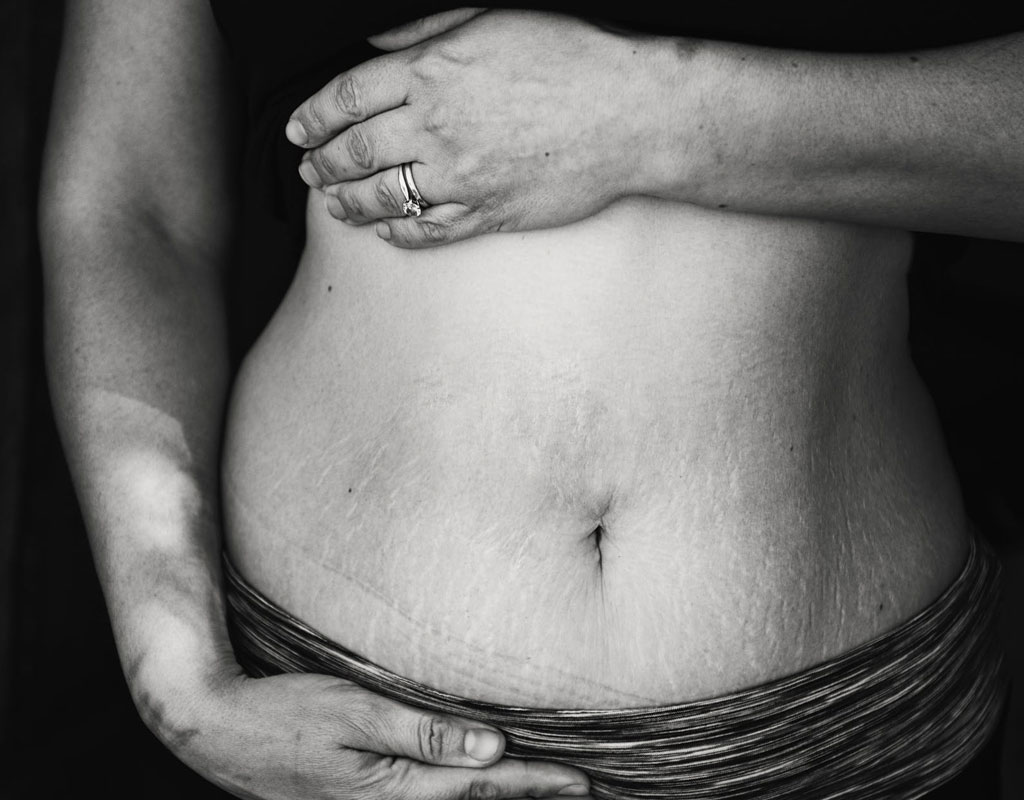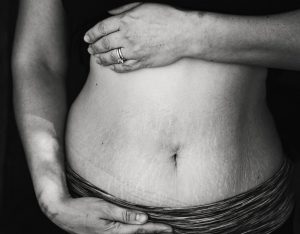
 Stomach Muscle Separation
Stomach Muscle Separation
The clinical name for the separation of the stomach muscles is Diastasis Recti Abdominis (DRA). The stretching and thinning of the recti abdominis muscles is a natural occurrence during pregnancy due to abdominal growth and up to 66% of women have a significant separation by the end of their third trimester. The good news is that for the majority of women this condition resolves during the early postpartum period.
Unfortunately for some, however, a weakened abdominal wall persists well into the postpartum period, impairing activities of daily living.
Anatomically, diastasis recti abdominis (DRA) is defined as separation and thinning of the recti abdominis muscles and stretching of the Linea alba, a fibrous connective tissue structure. This fascial structure plays an integral role in maintaining the integrity of the anterior abdominal wall. These structures are important to maintain stability with load transfer activities such as standing, walking, lifting, bending and squatting.
Can only pregnant people get DRA?
Whilst pregnancy is the most frequent cause of a DRA due to the enlarged abdomen from gestational weight gain and hormonal influences there are other causes that affect a variety of people including men. These include improper weightlifting or abdominal strength training, advanced maternal age (>34), history of midline or cesarian surgery, multiple pregnancies, having twins or triplets, a lack of regular exercise, obesity or conditions that increase intra-abdominal pressure such as chronic obstructive pulmonary disease.
When is it a problem?
A DRA is considered pathologic when the interrecti distance (IRD) measurement exceeds 2.5 to 2.7cm width and severity ranges from mild (2.5-3.4cm) to severe (5-20cm or greater).
How is it measured?
The gold standard for diastasis recti measurement is computed tomography, however, it is rarely used because of expense and impracticality for clinical settings. The most common clinical measurement of DRA used by Physiotherapists is finger width measurement, where the measurement is considered significant if more than 2 fingers can horizontally be placed in the interrecti space (with each finger approximating 1.5cm). This method, however, has poor interrater reliability and validity due to differences in finger size.
What if I do nothing about it?
A DRA has been suggested as a precursor to problems later in life. A retrospective chart review established a correlation between the presence of a DRA and one or more supportive pelvic floor dysfunctions that included stress urinary incontinence (SUI), fecal incontinence and pelvic organ prolapse (POP). A large DRA with impaired muscle strength and poor recruitment of the abdominal muscles can result in posture dysfunction, impaired biomechanics, decreased stability during load transfer activities, and poor tolerance and/or pain for activities of daily living.
What can I do about it?
If you are assessed on the ward after having your baby by a Physiotherapist and found to have a significant DRA, you may be given an abdominal support garment to wear in the initial post-natal period. This consists of a thick layer of elastic fabric that binds tightly around the abdomen, approximating the recti muscles. This is important to wear when walking around, lifting prams, toddlers or your baby. You can take this off at night. You also do not want to become reliant on the garment and need to wean off it whilst retraining your deep abdominal muscles to help support the anterior abdominal wall.
What do I need to avoid?
- It is important to avoid abdominal exercises that may further separate the interrecti muscles such as sit-ups and crunches. Also, avoid aggressive stretching of the abdominals.
- Keep symmetrical in standing and sitting positions to prevent excessive load transfer.
- Activate the abdominals and pelvic floor muscles during functional transfers such as rolling over, lying to sitting, sitting to standing and lifting.
- You can also do self-bracing of your abdomen using hands or a pillow to approximate the recti muscles to reduce abdominal pressure during laughing, coughing or sneezing.
What exercises can I do?
The initial intervention will focus on exercises isolating, retraining and strengthening the deep local postural muscle stabilizers such as the transversus abdominis and the pelvic floor in a neutral spine position. Once local stabilization has improved, exercises to strengthen global hip and trunk musculature are added to assist with restoring abdominal wall integrity. Exercises are progressed from being stable to dynamic under the guidance of your Physiotherapist. Attending Pilates classes run and monitored by a Physiotherapist is paramount to recovery.

